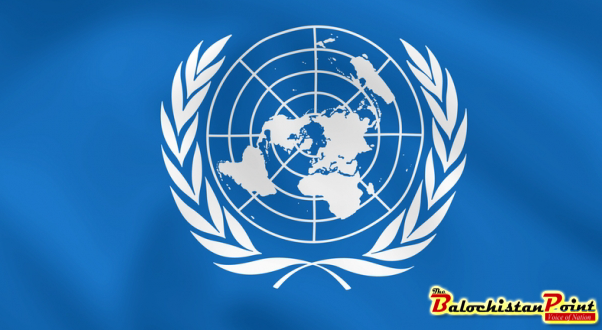UNITED NATIONS: Against the backdrop of almost two billion people around the world relying on sources of drinking-water contaminated with faeces, the United Nations has called on countries to “radically” increase investments in water and sanitation infrastructure not only to protect their populations from deadly diseases but also to ensure that they are able to achieve the Sustainable Development Goals (SDGs).
“Contaminated drinking-water is estimated to cause more than 500,000 diarrhoeal deaths each year and is a major factor in several neglected tropical diseases, including intestinal worms, schistosomiasis, and trachoma,” Maria Neira, the Director of Department of Public Health, Environmental and Social Determinants of Health at the UN World Health Organization (WHO), said in a statement on Thursday. The UN report, Global Analysis and Assessment of Sanitation and Drinking-Water 2017, notes that while countries have increased their budgets for water, sanitation and hygiene at an average annual rate of about 4.
9 per cent over the last three years, 80 per cent of countries have reported that the increase is still insufficient to meet nationally-defined targets for those services. Therefore, in order to meet the ambitious SDG targets, which aim for universal access to safely managed water and sanitation services by 2030, countries need to use financial resources more efficiently as well as increase efforts to identify new sources of funding. The Global Assessment also highlights that these efforts are particularly important for developing countries where current national coverage targets are based on achieving access to basic infrastructure and which may not necessarily provide continuously safe and reliable services.
The report has been issued by WHO, on behalf of UN-Water, the inter-agency coordination mechanism for all freshwater-related issues, including sanitation. According to estimates by the World Bank, investments in infrastructure need to triple to $114 billion per year – a figure which does not include operating and maintenance costs. While this funding gap is vast, there are recent examples of countries having demonstrated the ability to mobilize the needed resources to meet development targets.
For instance, 147 countries around the globe were able to successfully mobilize the resources required to meet the Millennium Development Goal (MDG) target of halving the proportion of people without an improved source of water, and 95 among them met the corresponding target for sanitation. 77 countries met both. According to Guy Ryder, the Chairman of UN-Water and the Director-General of the International Labour Organization (ILO), nations have the ability to address the challenges of meeting the ambitious SDG targets. “Increased investments in water and sanitation can yield substantial benefits for human health and development, generate employment and make sure that we leave no one behind,” he said.
Web Desk
Published in The Balochistan Point on April 13, 2017
 Balochistan Point Voice of Nation
Balochistan Point Voice of Nation




